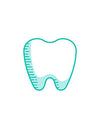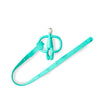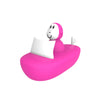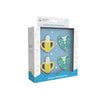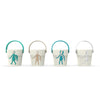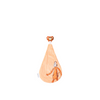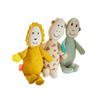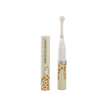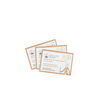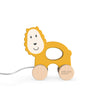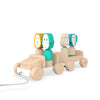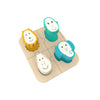Spring Cleaning: Toddlers’ Toys Tutorial
Springtime is the perfect moment for cleaning out the cobwebs and refreshing your home from top to bottom. Alongside furniture, clothes, and all the harder-to-reach nooks and crannies in your house, there is one task that, while entirely necessary, may seem daunting: cleaning your child’s toys. With many different materials and fiddly bits, there’s no singular cleaning method that can be applied to the lot, but that doesn’t mean it’s an impossible process! Follow our tips below to separate and clean toys based on what they’re made from.
Plushies and Soft Toys
Start simple and pop fabric-based toys in the laundry. Double check any labels, and remove any electrical components or batteries beforehand to protect any internal mechanisms. If the soft toy is partly electrical, you’re safer using a wet cloth and giving the toy a good wipe down. Beloved soft toys should be washed once a week, though ones that aren’t used too often can wait longer. To protect toys from damage, stick them in a laundry net bag or pillowcase before putting them in the washing machine, and then wash on a gentle cycle. Now your child’s toys will not only be clean, but also smell great!
Electronic Toys
Anything with batteries or electrical components should not be submerged in water, but will still require a good cleaning! Take a cloth, wet it in soapy water, and then wring it out as much as possible to ensure that no water drips into the electric parts of the toy. Give the toy a good wipe down and allow it to air dry! For extra grimy toys, you can mix a tablespoon of bleach in a gallon of water and use this mixture to wipe down toys - the great thing about bleach is it doesn’t leave a dangerous residue, but you must remember to allow it to air dry!
Wooden Toys
Toys made from wood can warp or split if soaked! The best way to avoid this is to use vinegar. Apply some white vinegar to a damp rag and wipe down the toys, allowing them to air dry. Easy peasy!
Bath Toys
All bath toys should be cleaned around once a month to ensure that no mould is growing on them. The easiest and most effective way to clean these is to submerge them in water mixed with white vinegar, around half a cup to a gallon of water, and leave them to soak for ten minutes before air drying. Due to their constant use in and out of water, bath toys harbour dangerous moulds and spores at a higher rate than dry toys. Where possible, invest in good quality bath toys with anti-microbial properties to ensure their safe use. For instance, our Bathtime range is designed using Biocote® Antimicrobial Protection, which is resistant to mould and mildew, and provides protection from hidden microbes while playing with bath toys!
See, that wasn’t too bad, was it? Now to clean the rest of the house…

